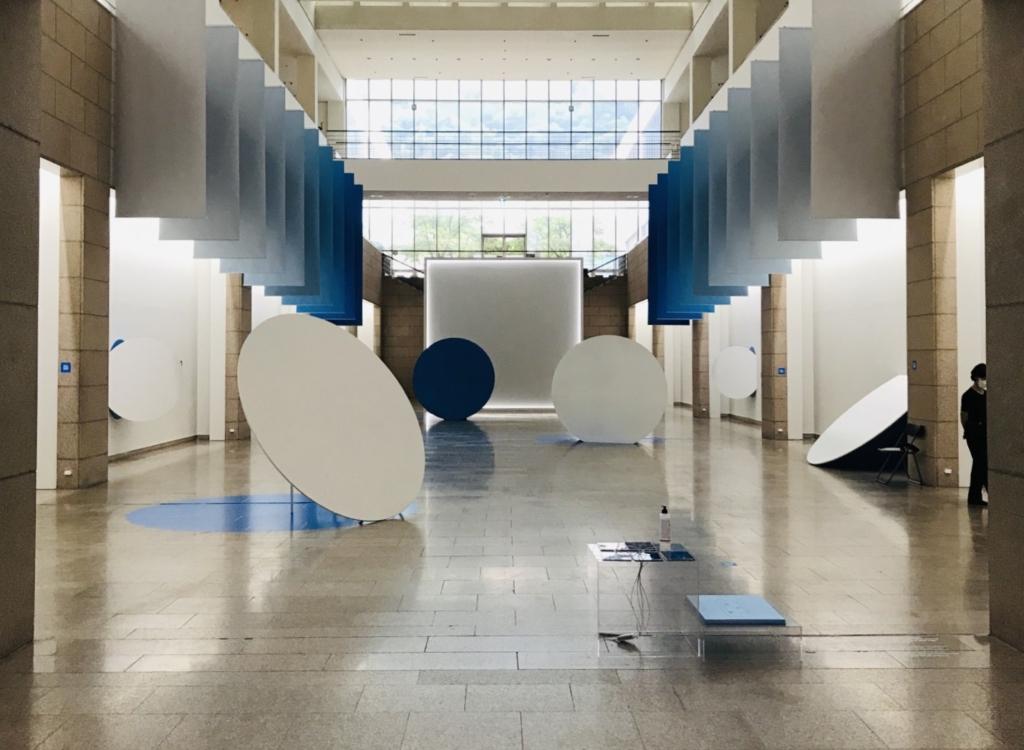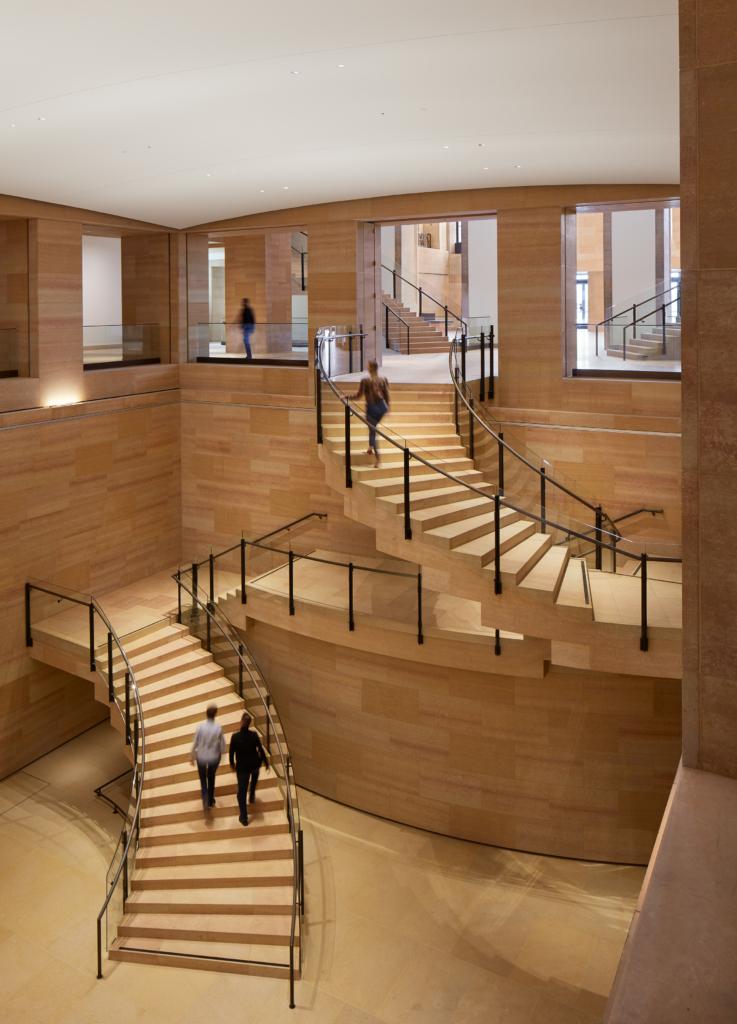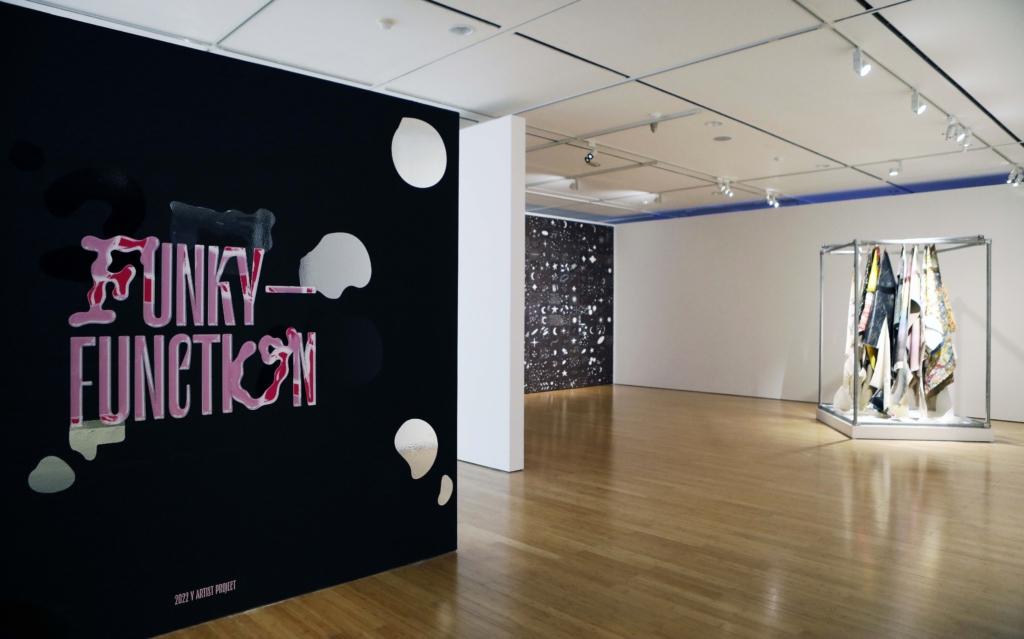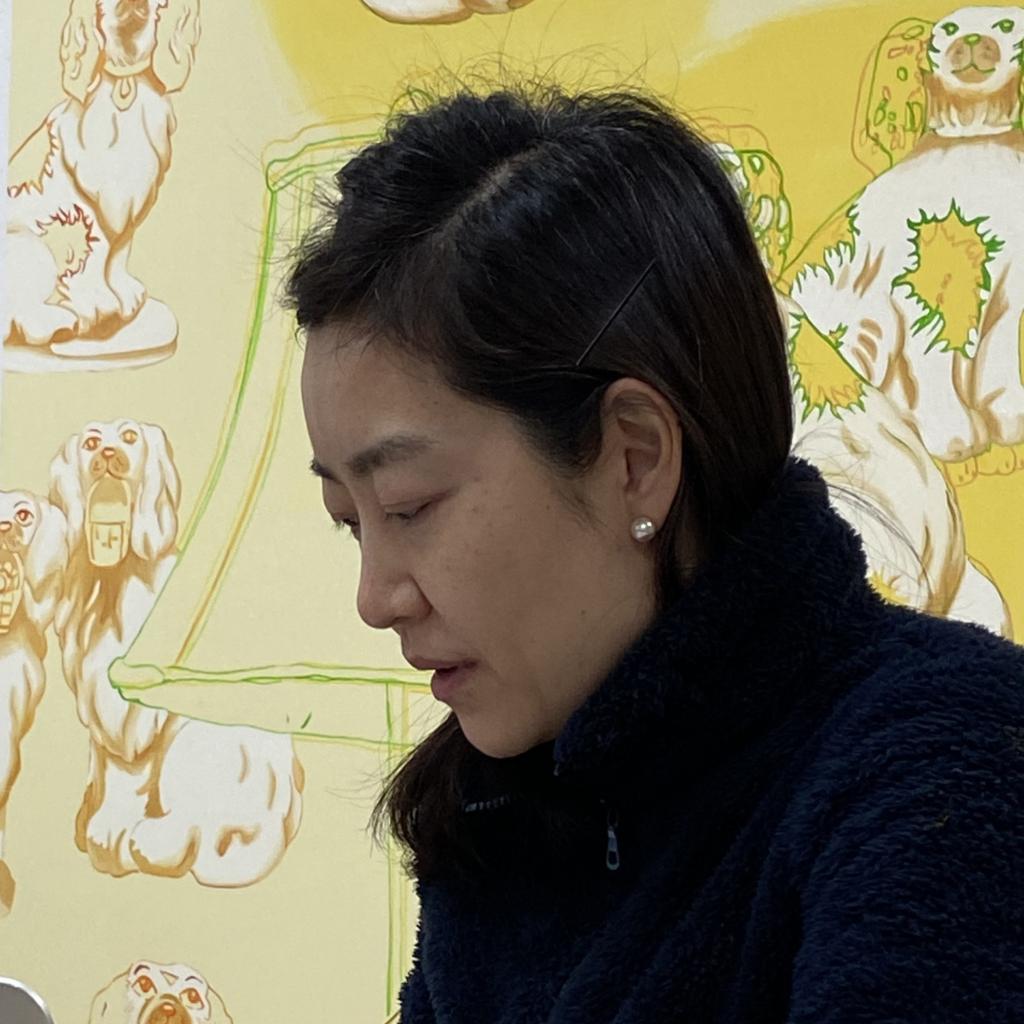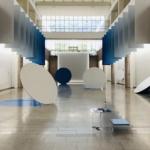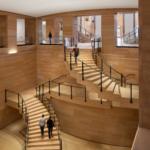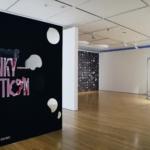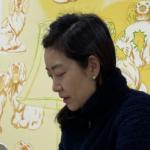A New Way to Read Korean Contemporary Art: Exhibitions at Pibi Gallery and Doonamjae Art Center
Two exhibitions featuring the works of Korean contemporary artists are being held at galleries in Seoul. Pibi Gallery introduces works by young artists born in the late 1970s to 1980s under the theme of body gestures, and the Doonamjae Art Center introduces works by artists born in the late 1960s and mid-1970s.
PIBI GALLERY (125-6 Bukchon-ro, Jongro-gu, Seoul 03053 Korea)
The Gesture of Image, a group exhibition taking place at Pibi Gallery from August 25 to October 15, examines the current state of young contemporary artists in Korea through the perspective of gestures. The exhibition features work including drawings, paintings, and sculptures by five artists; Dongju Kang (b. 1988), RohwaJeong (b. 1981), Jiyoung Yoon (b. 1984), Hyein Lee (b. 1981), and Eun Chun (b. 1977).
The Gesture of Image examines a group of young Korean artists’ demeanor and gestures in carrying out the creation and the aesthetic values underlying the artworks. The exhibition particularly takes a close look at how the artist’s gestures affect the work in the creative process and how these works build a relationship with the viewers.
The exhibition focuses on the artist’s gestures hidden on the surface of the image of the work. The images of each work could be read by following the artist’s body, actions, and trajectories. The exhibition expects to invite the viewers to look beyond the surface of the work and look at the works from a new and diverse perspective.
Artist Hyein Lee reproduces the landscape unfolded in front of her on the canvas. In the painting, Lee puts the conflictual and harmonious process of leaving her studio and exposing her body to an environment the artist cannot control. The scenery depicted in Lee’s paintings is, in other words, proof of the existence of the artist’s body. Lee envisions the space experienced with her body and presents the experienced space and time to the audience through her works.
RohwaJeong is a duo who works with different media. Based on an understanding of a specific medium, the duo focuses on various relationships with the surrounding environment. By putting the selected medium into the exhibition space, the artwork embraces the surroundings as part of the artwork. For this exhibition, the duo used the canvas as a ping pong table and played ping pong with wet-painted balls to visualize the process of creating the artwork.
Paper and pencil are the two main materials used in Dongju Kang’s artworks. Kang depicts the surrounding environment with the two materials but focuses on the relationship between time and space. Kang internalizes physical experiences and expresses them through repetitive actions. The time and place experienced in the past are shown from a new perspective. Thus, the described scenery is rather abstract and poetic in Kang’s works.
Jiyoung Yoon sculptures our attitude toward accepting a certain situation. Yoon asks questions about various belief systems that are invisible but clearly exist through the artworks and shows how these beliefs are revealed through our behaviors and gestures. To emphasize the hidden side of this state, Yoon alters the volume of the sculptural works or puts video works together and visualizes the difference between reality and beliefs.
Mainly working with photography, artist Eun Chun captures the subject with its surrounding situation and environment and attempts to seize the situation up to a certain moment. An early series of Chun’s works are presented in this exhibition. Chun photographed the tools of poly artists and amateur astronomers who used different instruments to reach the senses beyond sight. Through these works, the artist tries to present the extension of senses by using tools and revealing the relationship between the performer and the tool.
Doonamjae Art Center (B1, 10, Eonju-ro 93-gil, Gangnam-gu, Seoul, Republic of Korea 06139)
The Miracle and the Sleeper is taking place at the Doonamjae Art Center from September 1 through October 30, 2022, featuring works by Korean artists born in Korea from the late 1960s to the mid-1970s. Through the works of nine artists; Osang Gwon (b.1974), Kira Kim (b. 1974), Yoo Seunho (b. 1974), Lee Dongwook (b. 1976), Jeongbae Lee (b. 1974), Lee Jinju (b. 1980), Jaeho Jung (b. 1971), Xooang Choi (b. 1975) and Hong Kyoungtack (b. 1968), the exhibition explores the flow of Korean history, politics, society, and culture.
The title of the exhibition comes from the song Metropolis Pt. 1: The Miracle and the Sleeper from the album Images and Words (1992) by the American progressive metal band Dream Theater. A masterpiece at the end of the 20th century, it tells the story of a person who sees his or her past life in a dream.
During the economic development period, choosing to become an artist was in all aspects the opposite of becoming a productive member of the society of their parent’s generation. These artists were considered dreaming “sleepers” who were bohemians, freedom-loving nomads, and even resisters who viewed the rapidly growing cities in a cynical way.
These artists are the generation who experienced the modernist generation but chose to take a different path and pursue a miracle in which reality and illusion exist at the same time.
Through paintings, sculptures, videos, and other artworks, the exhibition reflects the rebellious but open and straightforward demeanor of these artists towards Korean culture, tradition, society, and history.
Through sculptural and relief works, Osang Gwon reflects the contemporary reality of overproduced images and reveals the consumerism derived from these images.
Working in various genres, Kira Kim considers the social role of artists. By collaborating with different communities from various fields, the artist attempts to create an open space to contemplate and discuss the problems in today’s society.
Yoo Seungho subverts the relationship between language and image by drawing images such as Korean traditional landscape paintings with handwritten texts. Through this process, the artist freely crosses the roles and relationships between text and image, tradition and contemporary, meaning and form, and abstraction and figuration.
Well known for creating miniature human figures, Lee Dongwook lays a critical view of our society from a personal perspective. Utilizing his interest in collecting and observing things, Lee reflects his concern towards today’s fragile human beings through his sculpture works.
Artist Jeongbae Lee expresses contemporary landscapes influenced by desire and capital. This landscape is inspired by traditional Korean landscape painting, but the landscape of the cities and the nature fragmented by the capitalist society is geometrically shaped and made with artificial materials.
Lee Jinju, who works with the techniques from traditional Korean paintings, records images that exist at the boundary between memories, dreams, consciousness, and reality. The images Lee depicts sometimes evoke uncomfortable sentiments but reveal the organic relationship between the individual and society.
Artist Jaeho Jung records the contemporary environment in the form of oriental paintings. Jung constructs a new narrative by bringing parts of images from contemporary society and rearranging them in a new way. The artist has been working on paintings that criticize reckless industrialization and urbanization.
The human sculptures of Xooang Choi depict the most ordinary person we can find in our lives. But the figure’s body parts are distorted or composed in a bizarre way. Choi attempts to visualize our lives saturated with pathological psychology, such as megalomania.
Hong Kyungtack creates paintings that visually express the desires inherent in modern society through the colors and shapes of objects such as books, pencils, and golf clubs. In this exhibition, the hands drawn in the achromatic space are drawn to express the desires of human beings and the existence of the absolute.
Related Links
Aproject Company. Co., Ltd | Founder & CEO : Jay Jongho Kim
216 Dosan-Daero, B2F, Gangnam-gu, 06047 Seoul, Korea
Business Number : 894-88-01945
Contact : aproject.company@gmail.com
Mail-order-sales registration number : 제 2021-서울강남-04243 호






















